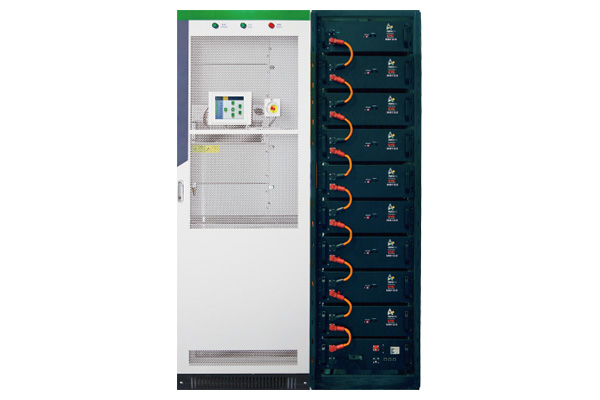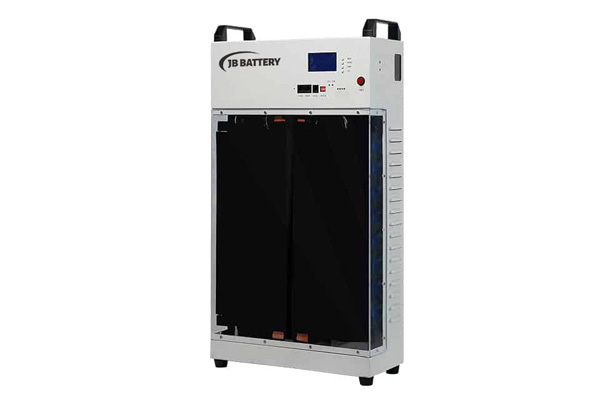Blog & News
We focus on the battery energy storage system news, the latest battery technology, and the BESS applications on our lfie.
Everything an integrator should know about telecom tower
Views: 807 Author: China JB BATTERY Publish Time: 03/29/2022 Origin: https://www.jbbess.com

The need for a reliable telecommunication network is rising day by day, as the mobile industry grows. Moreover, the arrival of 5G technology will boost the market, even more, increasing the demand and need for new towers. This article is aimed to help the EPC / Integrators to understand better the telecom industry opportunities and how Elum Energy’s remote monitoring solution provides an added value.
What is a telecom tower composed of? What are the reasons to remotely monitor the telecom sites? Which will be the impact of the 5G irruption in the telecom industry?
Before moving forward, let’s introduce the relevant players in this industry:
TowerCo – The Tower Communication Company builds, owns and maintains the tower, which is usually rented to the MNOs.
MNO – The Mobile Network Operator provides the services to the end customer. They can either own the tower or rent it from the TowerCo.
Integrator – The EPC that designs, procures and installs the turnkey solution for the TowerCo to operate the site.
Manufacturer – Providers of active and passive equipment for the tower.
Telecom Tower Infrastructure: Devices and Configurations
Inside a Telecom tower, two types of equipment are distinguished: the active infrastructure and the passive infrastructure.
Active equipment – Transmission system elements of the tower, composed of the electronic devices required for the cellular network such as base stations, microwave radio equipment, switches, antennas, and transceivers.
Passive equipment – Power system elements of the tower, composed of the non-electronic devices required for the tower, such as the tower itself, the power generation sources (genset, solar, wind…), the battery group, air conditioning plant, and the rectifier.
The configuration of each tower depends on each site, being Off-grid or Grid-tied. However, the main passive element common for all sites is the Rectifier. The rest of the passive equipment will vary, having always at least one back-up source of power to ensure the site availability, priority number one of the MNOs.
Reasons for a remote monitoring system
The main concern of the MNOs is to maximize the availability of the telecom site. Their revenues rely on the active network elements functioning, thus the power supply must be stable and reliable at any time. A 24/7 Remote Monitoring System allows Towerco to keep the site operating optimally and detect the failures immediately to react faster. Therefore, the main reasons for passive monitoring equipment are:
Improve customer service:
/Detect when the telecom site is down and troubleshoot the problem quickly
/Immediately detect battery or fuel theft to avoid unavailability of supply during blackouts
Reduce costs:
Reduce O&M costs by remotely modifying parameters, thus reducing onsite visits
/Detect fuel thefts immediately
/Reduce energy costs by optimizing HVAC consumption
Visibility:
/Track the efficiency of O&M subcontractors
/Define efficient action plans (batteries replacement, diesel off-mode, add solar capacity…)
/Track the efficiency of the action plans taken
From the beginning of the Covid-19 pandemic, with the increase of lockdown policies, the demand for the telecom industry has suffered a boost. Therefore, site supervision has become even more important in order to optimize the telecom tower costs, as well as increasing customer satisfaction by reducing the site failures. A remote monitoring solution helps to optimize the tower operations reducing to the maximum the onsite visits, an important aspect to take into account during Covid-19 times.
Impacts of the 5G arrival
The arrival of 5G technology will provoke an increase in the telecom industry demand due to the exponential traffic growth it will deliver. Despite 5G being a more efficient technology than 4G regarding the electricity consumption per bit transported, new 5G sites need to be developed. Each 5G site is expected to require from 2 to 3 times more power than a current equivalent 4G tower. This increase of power, in turn, increases as well the telecom operator’s energy costs. Therefore, the need for an effective remote monitoring solution plays a key role in this new scenario.
JB BATTERY Energy Remote Monitoring Solution
JB Battery Remote Monitoring Solution is compatible with any telecom site configuration, either the so-called legacy sites (old towers) or the new generation sites (new towers). The ePowerLog is responsible for integrating the Rectifier, as well as other devices such as PV inverters, Battery PCS, Genset controller, HVAC, AC meters or sensors, in order to read all the site’s data and export it safely to the remote monitoring platform.

The main key features of this remote monitoring solutions are:
Modbus and SNMP compatibility – Among other protocols, the ePowerLog is compatible with these 2 main communication protocols.
Plug & Play solution – Easily configurable solution with low hardware pieces to be installed
Remote commissioning – The ePowerLog can be commissioned remotely, with the assistance of a local installer.
Remote parameters configuration – The user can remotely modify certain parameters of the different passive devices directly from ePowerMonitor.
Alarm Configuration – The User can edit and configure alarms for any device to react faster and reduce the O&M costs.
In conclusion, a remote monitoring solution allows the telecom tower operator to increase the system availability while reducing the costs of commissioning, operation and maintenance.

 English
English Português
Português 日本語
日本語 Español
Español Pусский
Pусский Deutsch
Deutsch 한국어
한국어 العربية
العربية Français
Français Tiếng Việt
Tiếng Việt Italiano
Italiano






